
01_EU_overview
.pdf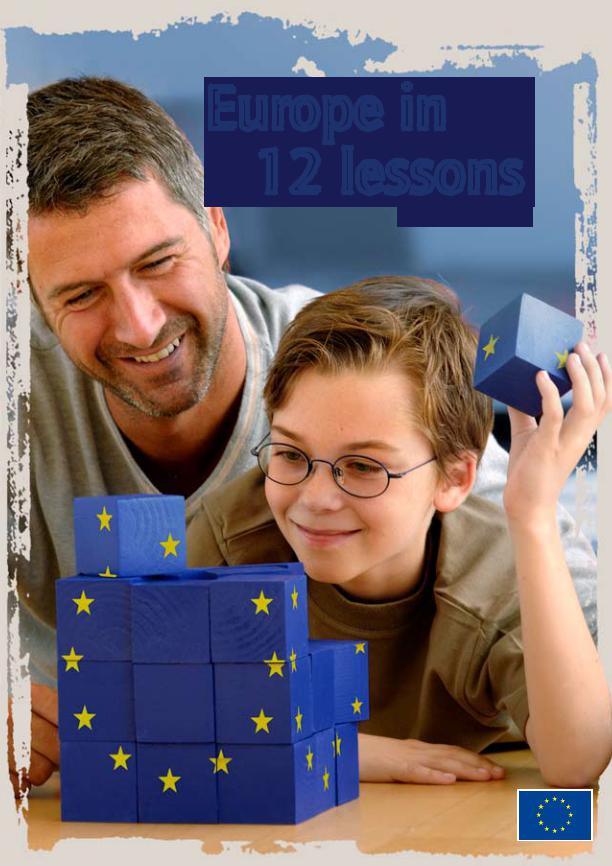
Europe in
12 lessons
by Pascal Fontaine
European Union
You can find this booklet and other short, clear explanations about the EU online at ec.europa.eu/publications/
European Commission
Directorate-General for Communication
Publications
B-1049 Brussels
Manuscript completed in October 2006
Cover and main chapter illustrations: Reporters
Luxembourg: Office for Official Publications of the European Communities, 2006 ISBN 92-79-02864-2
© European Communities, 2006 Reproduction is authorised.
Printed in Belgium
Printed on white chlorine-free paper
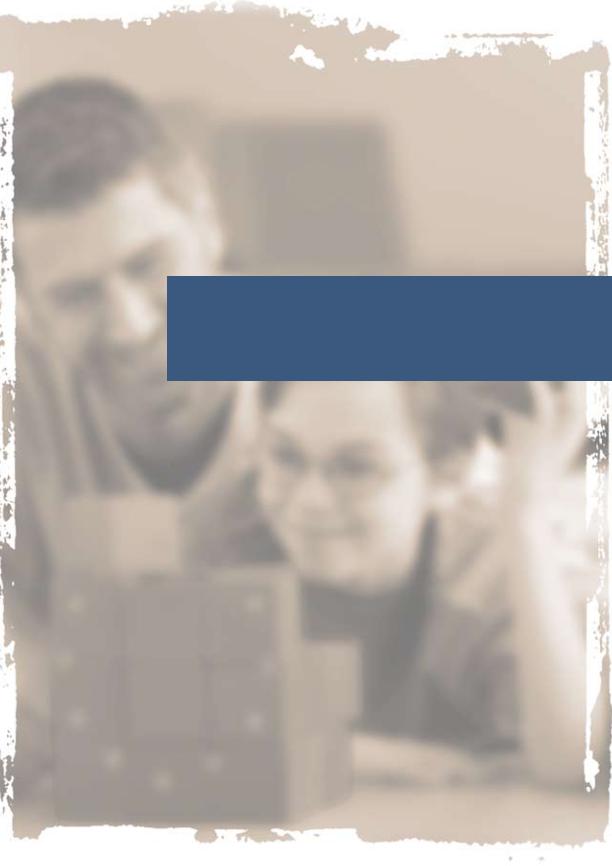
Europe in
12 lessons
by Pascal Fontaine,
former assistant to Jean Monnet and Professor at the Institut d’Études Politiques, Paris
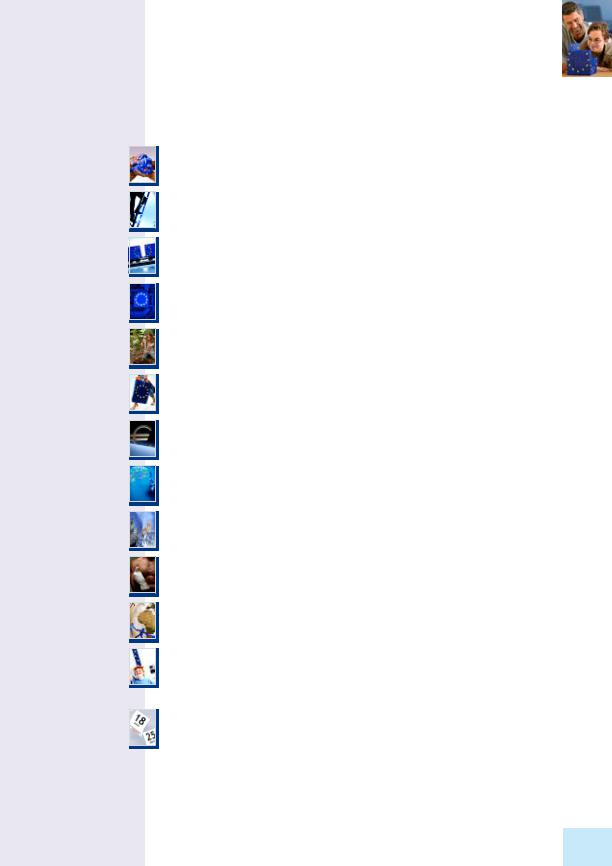
1. |
2. |
3. |
4. |
5. |
6. |
7. |
Contents |
8. |
9. |
10. |
11. |
12. |
Why the European Union?
Ten historic steps
Enlargement and neighbourhood policy How does the EU work?
What does the EU do?
The single market
Economic and monetary union (EMU) and the euro
Towards a knowledge-based society A citizens’ Europe
Freedom, security and justice
The European Union on the world stage What future for Europe?
Key dates in the history of European integration
4
8
12
16
22
28
32
36
40
44
48
54
58
Europe in 12 lessons
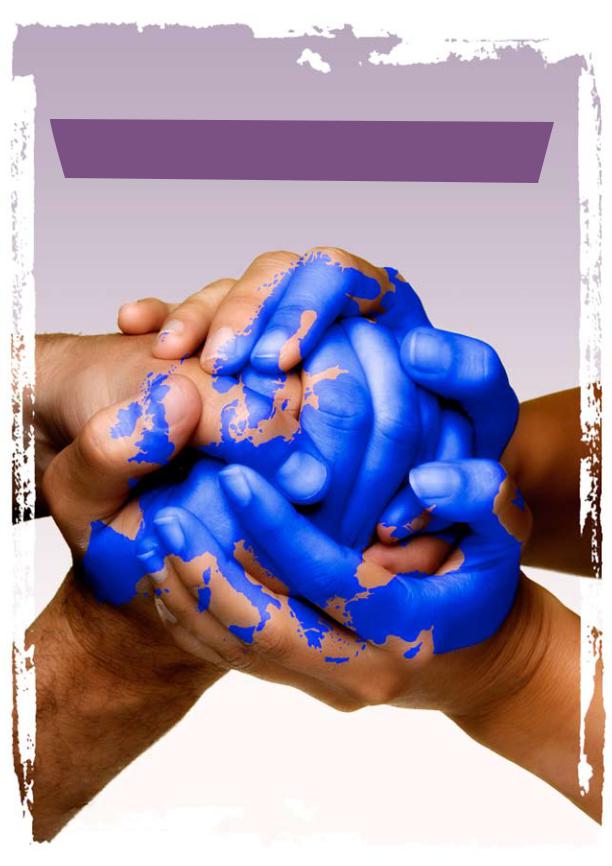
1. Why the European Union?

Europe’s mission in the 21st century is to:
•provide peace, prosperity and stability for its peoples;
•overcome the divisions in the continent;
•ensure that its peoples can live in safety;
•promote balanced economic and social development;
•meet the challenges of globalisation and preserve the diversity of the peoples of Europe;
•uphold the values that Europeans share, such as sustainable development and a sound environment, respect for human rights and the social market economy.
I. Peace and stability
Before becoming a real political objective, the idea of uniting Europe was just a dream in the minds of philosophers and visionaries. Victor Hugo, for example, imagined a peaceful ‘United States of Europe’ inspired by humanistic ideals. The dream was shattered by the terrible wars that ravaged the continent during the first half of the 20th century.
However, a new kind of hope emerged from the rubble of World War Two. People who had resisted totalitarianism during the war were determined to put an end to international hatred and rivalry in Europe and create the conditions for lasting peace. Between 1945 and 1950, a handful of courageous statesmen including Robert Schuman, Konrad Adenauer, Alcide de Gasperi and Winston Churchill set about persuading their peoples to enter a new era. New structures would be created in western Europe, based on shared interests and founded upon treaties guaranteeing the rule of law and equality between all countries.
Robert Schuman (French foreign minister) took up an idea originally conceived by Jean Monnet and, on 9 May 1950, proposed establishing a European Coal and Steel Community (ECSC). In countries which had once
fought each other, the production of coal and steel would be pooled under a common High Authority. In a practical but also richly symbolic way, the raw materials of war were being turned into instruments of reconciliation and peace.
II. Bringing Europe together again
The European Union encouraged German unification after the fall of the Berlin Wall in 1989. When the Soviet empire crumbled in 1991, the former communist countries of central and eastern Europe, after decades under the authoritarian yoke of the Warsaw Pact, decided that their future lay within the family of democratic European nations.
The enlargement process continues to this day. Entry negotiations began with Turkey and Croatia in October 2005, while several countries in the Balkans have set out along the road that could one day lead to EU membership.
III. Safety and security
Europe in the 21st century still faces safety and security issues. The EU has to take effective action to ensure the safety and security
Europe in 12 lessons

of its members. It has to work constructively with the regions just beyond its borders: the Balkans, North Africa, the Caucasus and the Middle East. It must also protect its military and strategic interests by working with its allies, especially within NATO, and by developing a genuine common European security and defence policy.
Internal security and external security are two sides of the same coin. The fight against terrorism and organised crime requires the police forces of all EU countries to work together closely. Making the EU an ‘area of freedom, security and justice’ where everyone has equal access to justice and is equally protected by the law is a new challenge that requires close cooperation between governments. Bodies like Europol, the European Police Office, and Eurojust, which promotes cooperation between prosecutors, judges and police officers in different EU countries, also have a more active and effective role to play.
IV. Economic and social solidarity
The European Union was created to achieve the political goal of peace, but its dynamism and success spring from its involvement in economics.
EU countries account for an ever smaller percentage of the world’s population. They must therefore continue pulling together if they are to ensure economic growth and be able to compete on the world stage with other major economies. No individual EU country is strong enough to go it alone in world trade. The European single market provides companies with a vital platform for competing effectively on world markets.
But Europe-wide free competition must be counterbalanced by Europe-wide solidarity. This has clear tangible benefits for European citizens: when they fall victim to floods and other natural disasters, they receive assistance from the EU budget. The Structural Funds, managed by the European Commission, encourage and supplement the efforts
of the EU’s national and regional authorities to reduce inequalities between different parts of Europe. Money from the EU budget and loans from the European Investment Bank (EIB) are used to improve Europe’s transport infrastructure (for example, to extend the network of motorways and highspeed railways), thus providing better access to outlying regions and boosting trans-Eu- ropean trade. The EU’s economic success will be measured in part by the ability of its single market of half a billion consumers to benefit as many people and businesses as possible.
V. Identity and diversity in a globalised world
Europe’s post-industrial societies are becoming increasingly complex. Standards of living have risen steadily, but there are still significant gaps between rich and poor. Enlargement has widened the gap since countries have joined with living standards below the EU average. It is important for EU countries to work together to narrow the gap.
But these efforts have not been made at the expense of compromising the separate cultural or linguistic characteristics of EU countries. On the contrary — many EU activities help to create new economic growth based on regional specialities and the rich diversity of traditions and cultures.
Half a century of European integration has shown that the EU as a whole is greater than the sum of its parts: it has much more economic, social, technological, commercial and political clout than if its member states had to act individually. There is added value in acting together and speaking with a single voice as the European Union.
Why?
• Because the EU is the world’s leading trading power and therefore plays a decisive role in international negotiations, such as those at the 149-country World Trade Organisation (WTO), as well as in the implementation of the Kyoto protocol on air pollution and climate change;
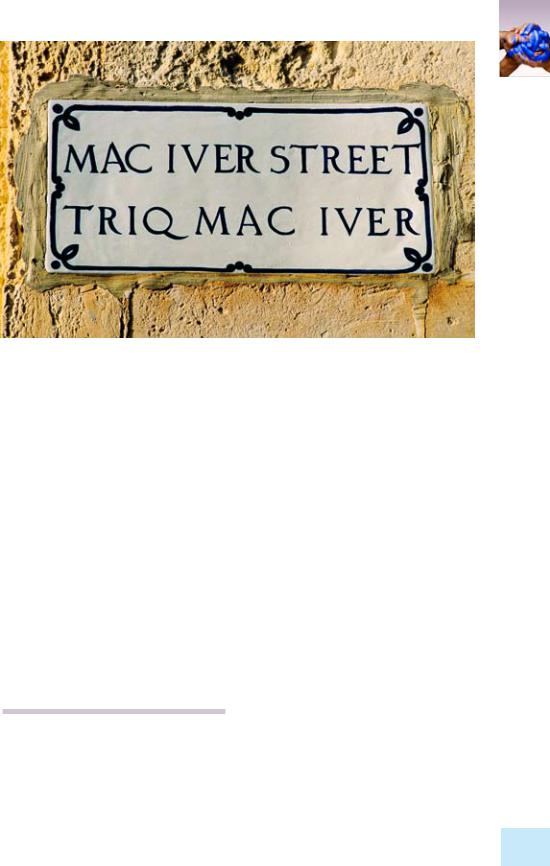
© Sylvain Grandadam/Van Parys Media
Europe in 12 lessons
United in diversity – a bilingual street sign in Malta.
•Because it takes a clear position on sensitive issues affecting ordinary people, such as environmental protection, renewable energy resources, the ‘precautionary principle’ in food safety, the ethical aspects of biotechnology and the need to protect endangered species;
•Because it launched important initiatives for sustainable development on the whole planet, in connection with the ‘Earth Summit’ in 2002 in Johannesburg.
The old saying ‘unity is strength’ is as relevant as ever to today’s Europeans. But the process of European integration has not smothered the different ways of life, traditions and cultures of its peoples. Indeed, the EU makes its diversity one of its key values.
So the EU stands for a view of humanity and a model of society that the great majority of its citizens support. Europeans cherish their rich heritage of values, which includes a belief in human rights, social solidarity, free enterprise, a fair distribution of the fruits of economic growth, the right to a protected environment, respect for cultural, linguistic and religious diversity and a harmonious blend of tradition and progress.
The Charter of Fundamental Rights of the European Union, which was proclaimed in Nice in December 2000, sets out all the rights recognised today by the EU’s member states and their citizens. These values can create a feeling of kinship between Europeans. To take just one example, all EU countries have abolished the death penalty.
VI. Values
The EU wishes to promote humanitarian and progressive values, and ensure that mankind is the beneficiary, rather than the victim, of the great global changes that are taking place. People’s needs cannot be met simply by market forces or imposed by unilateral action.
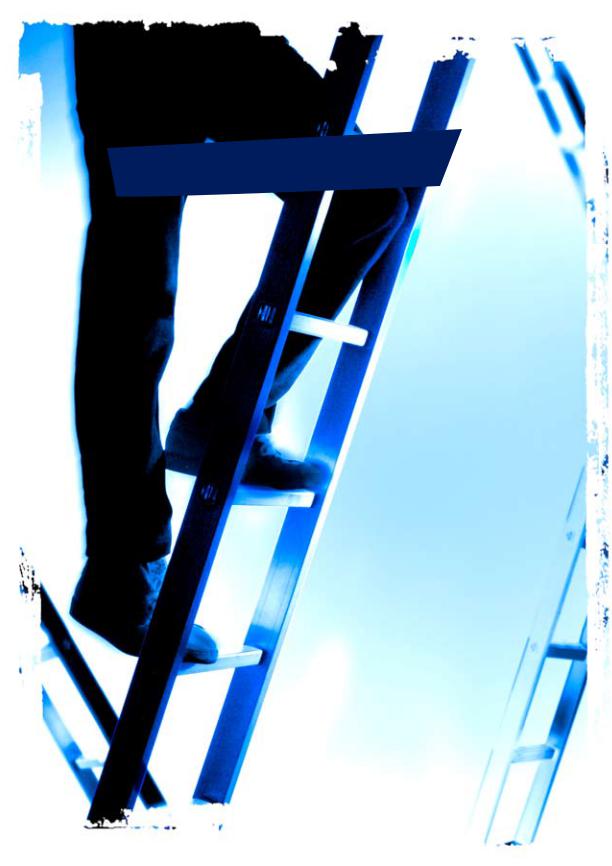
2. Ten historic steps
